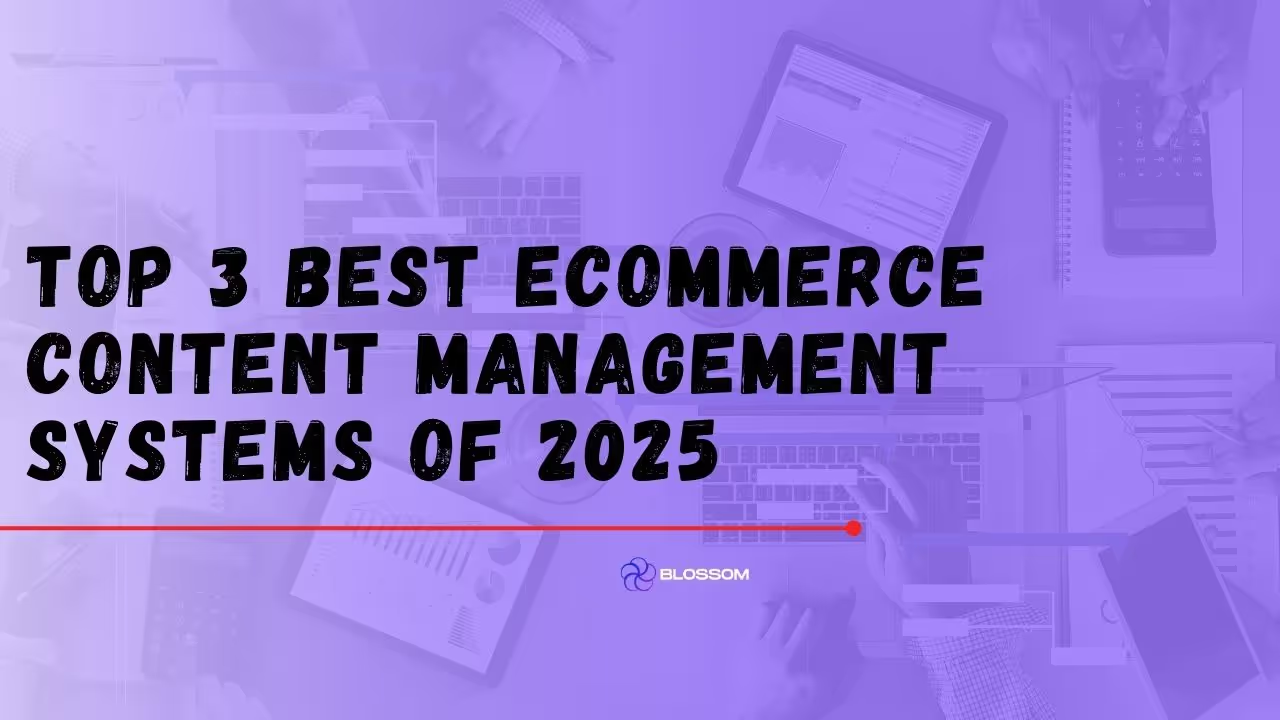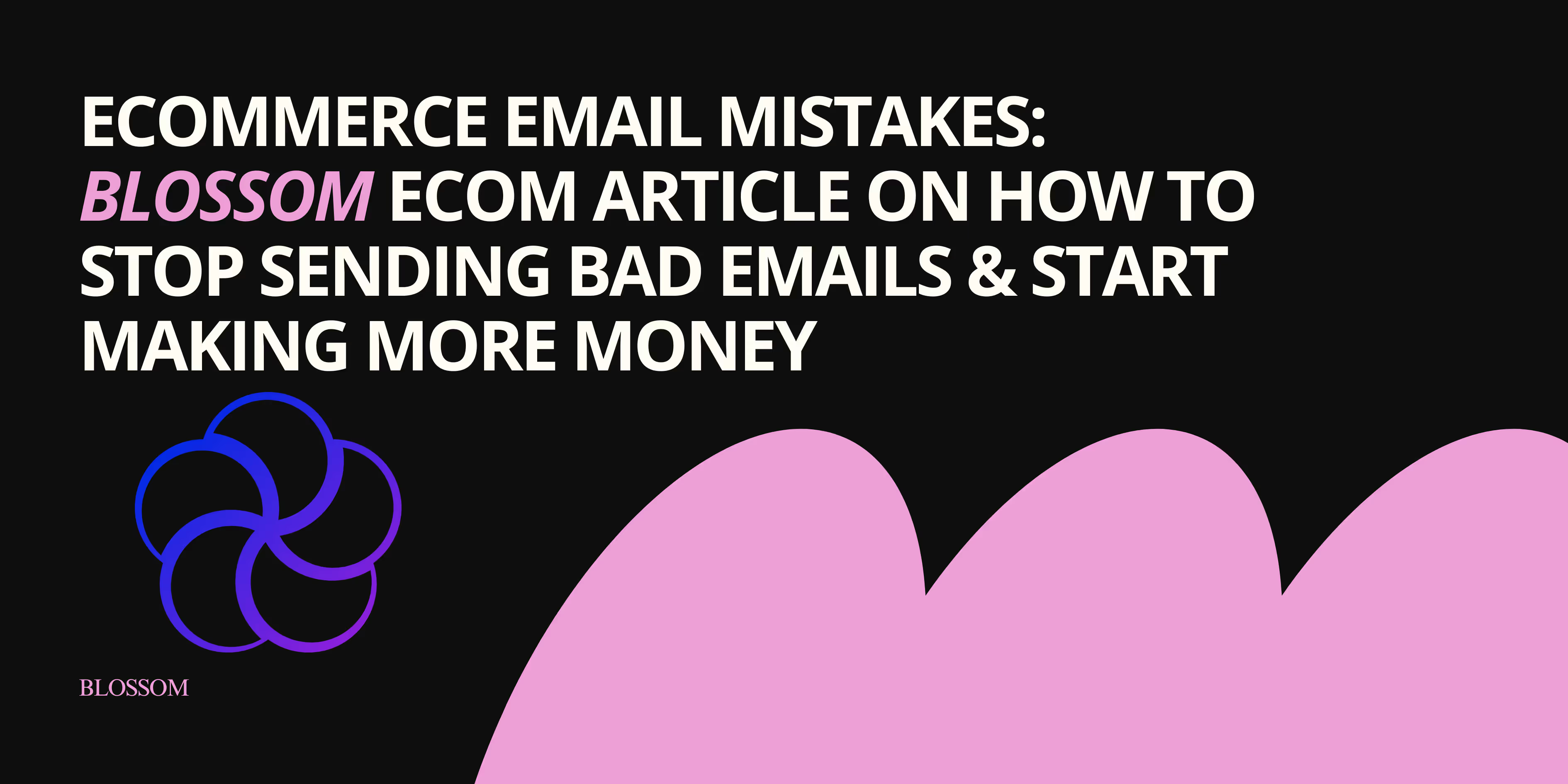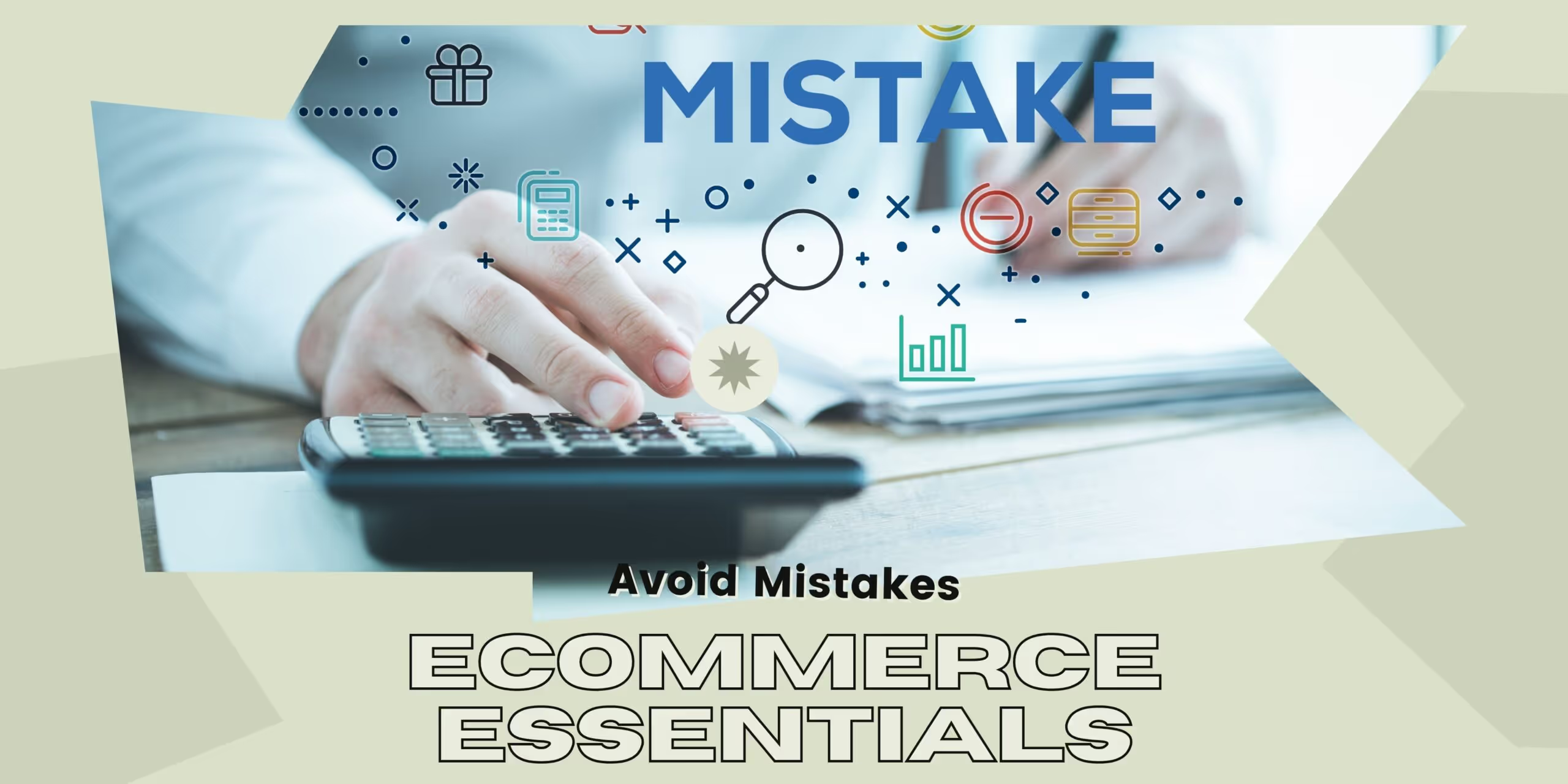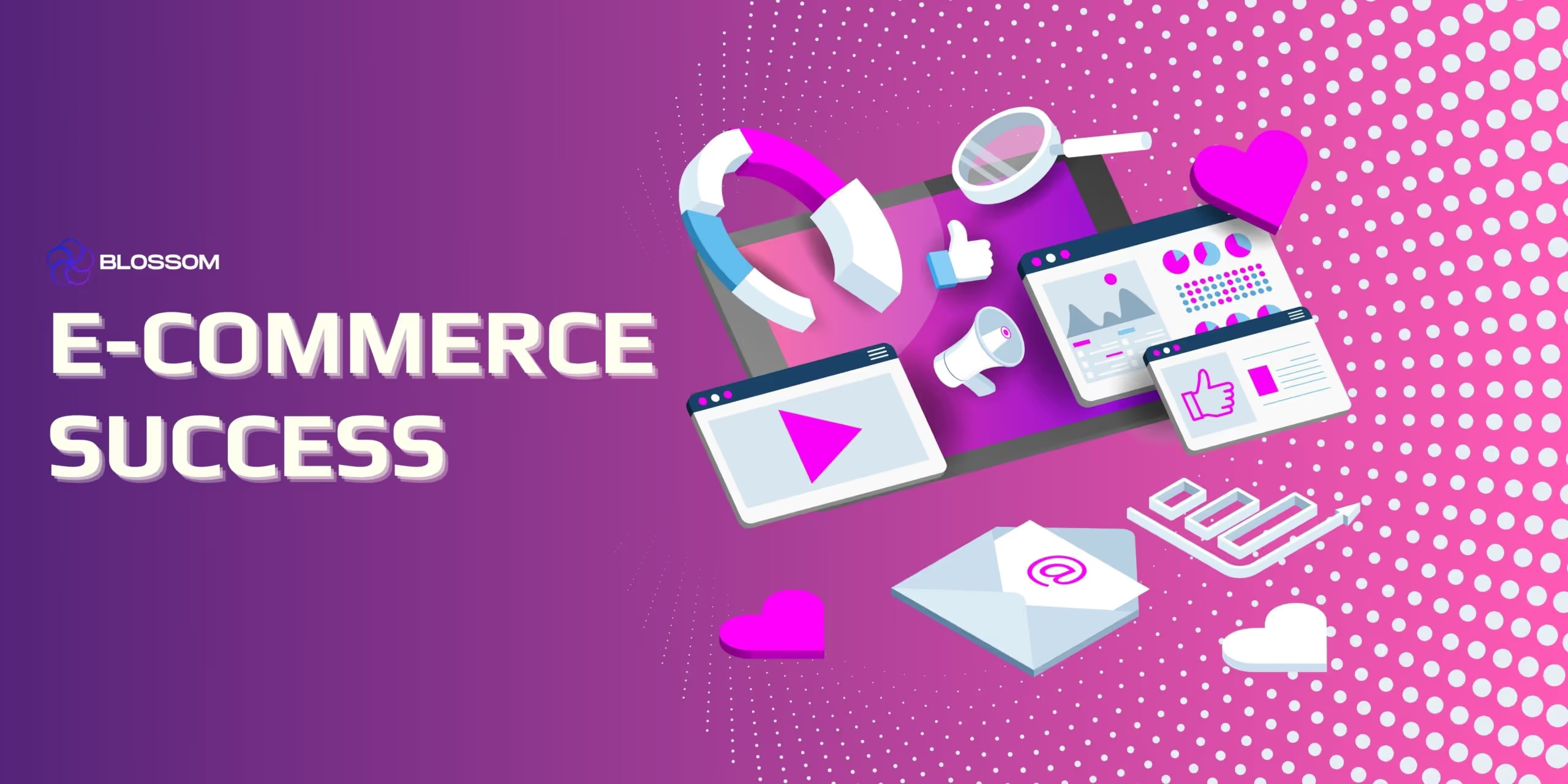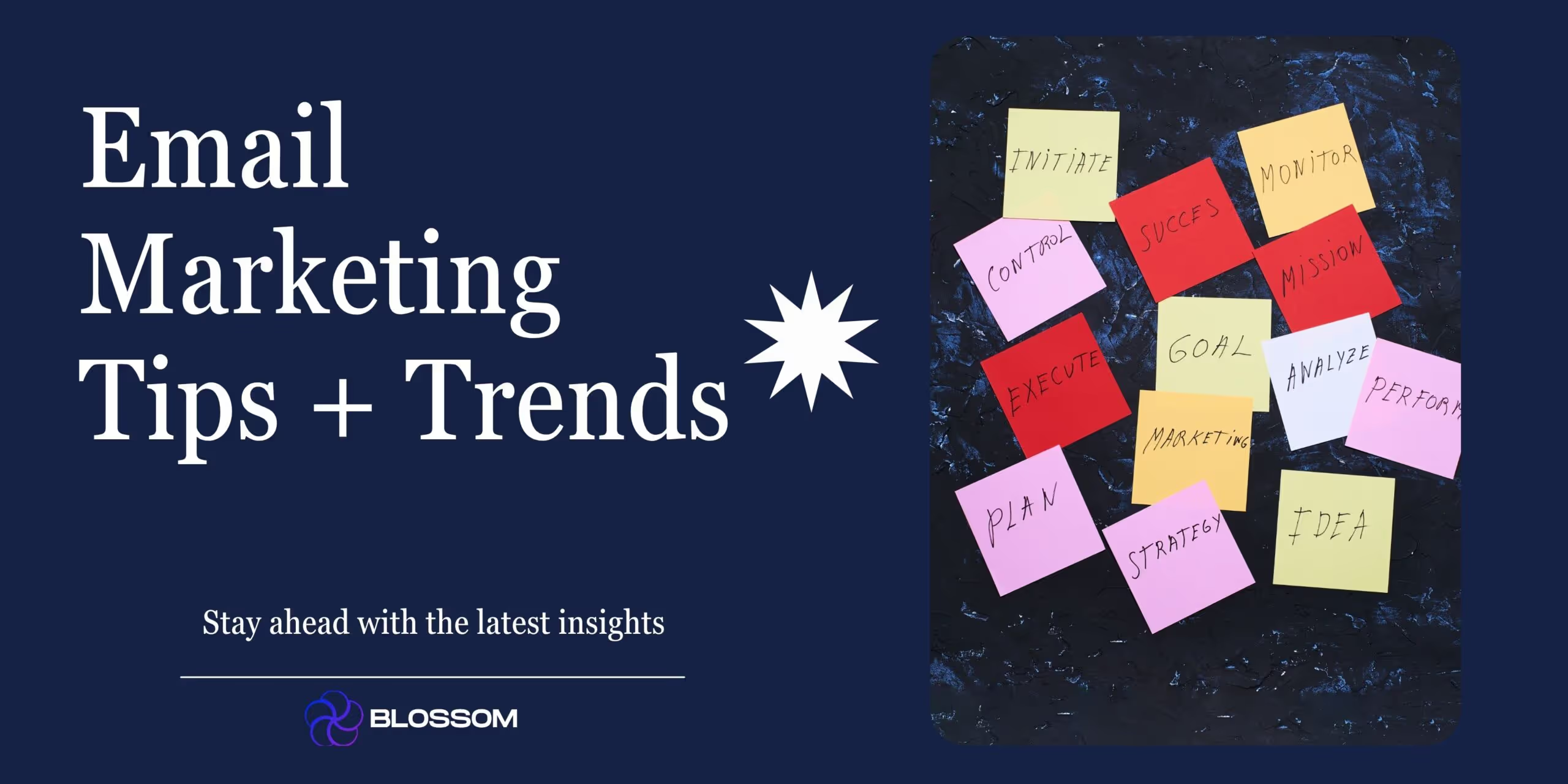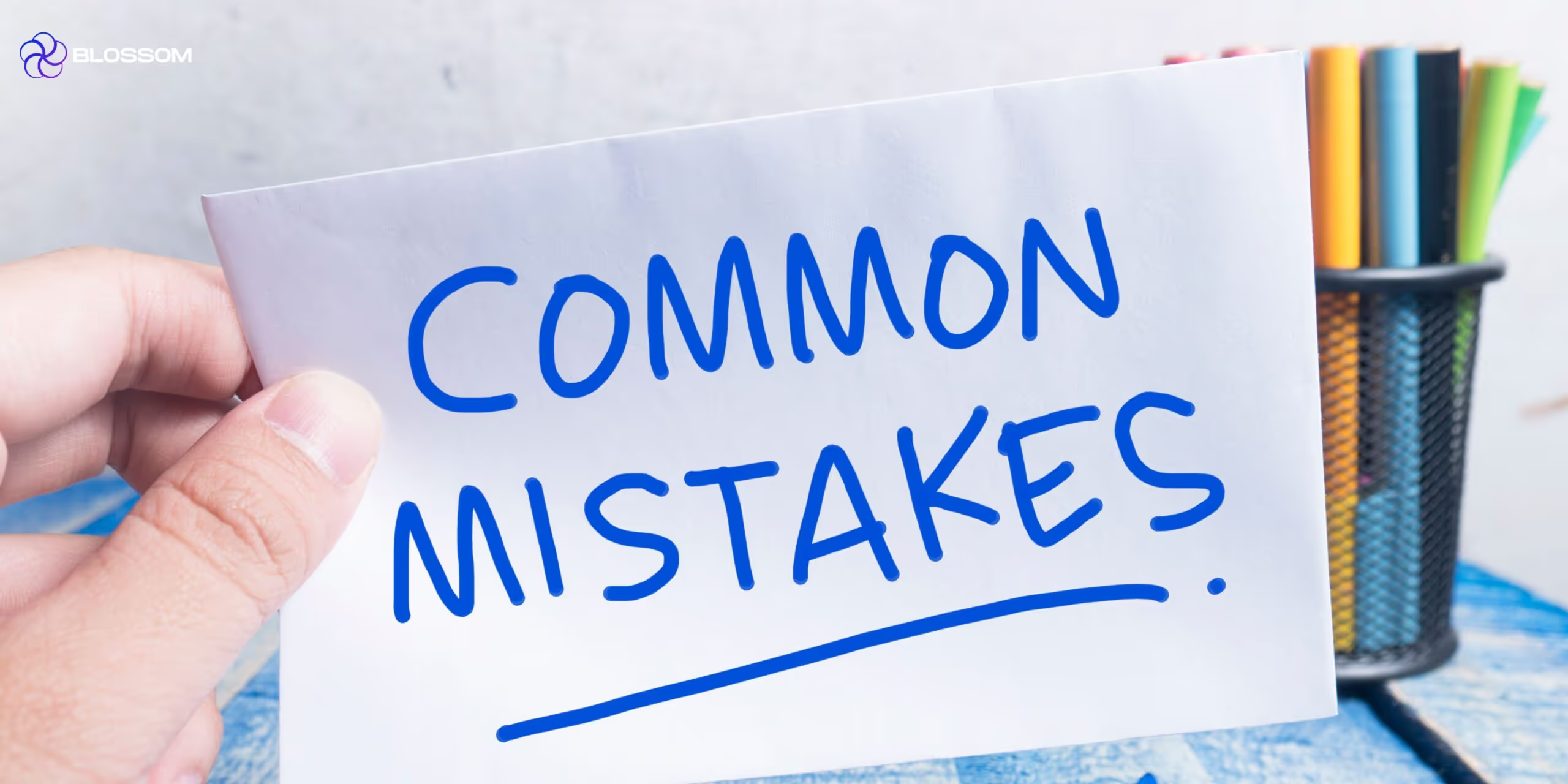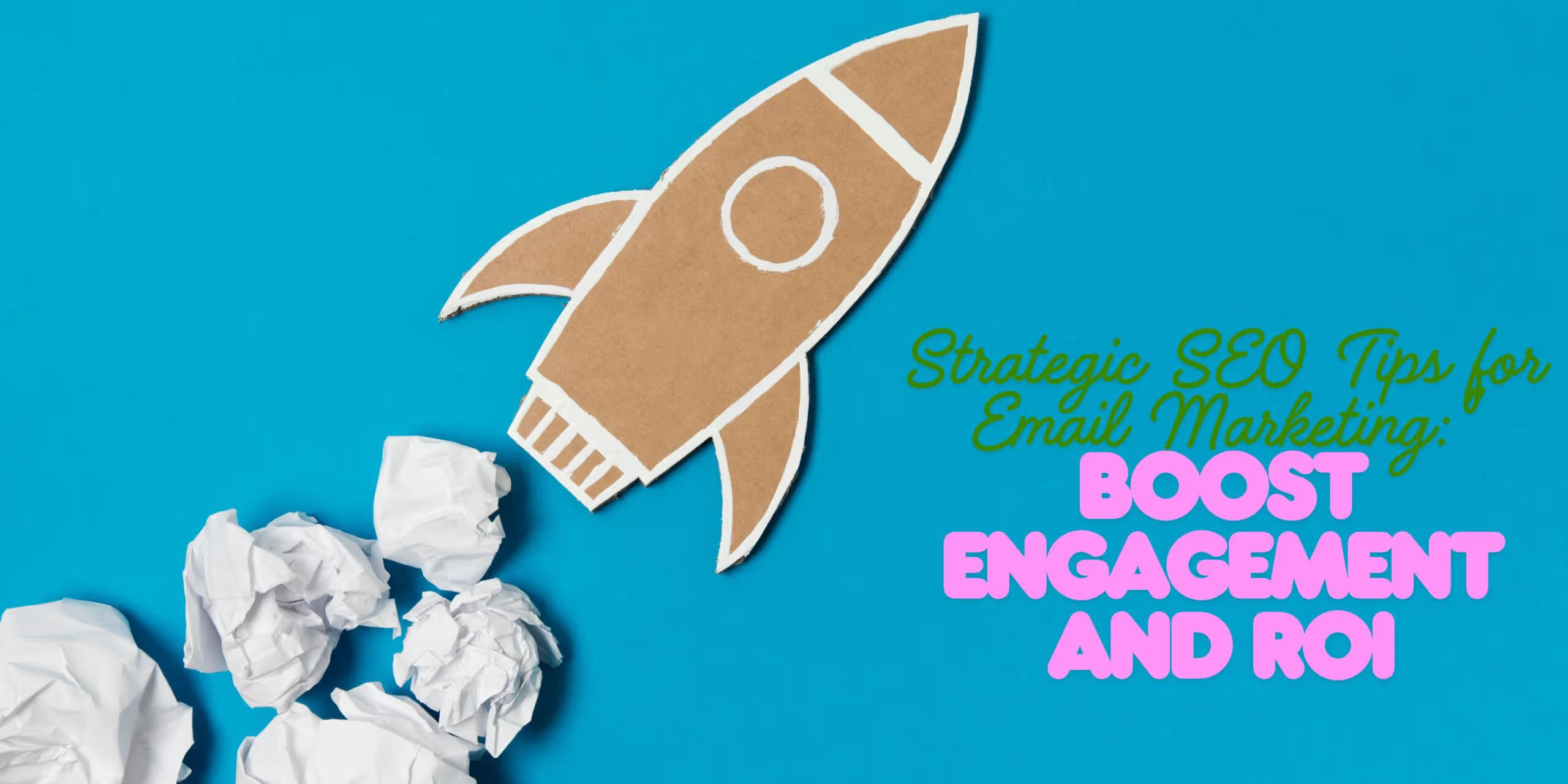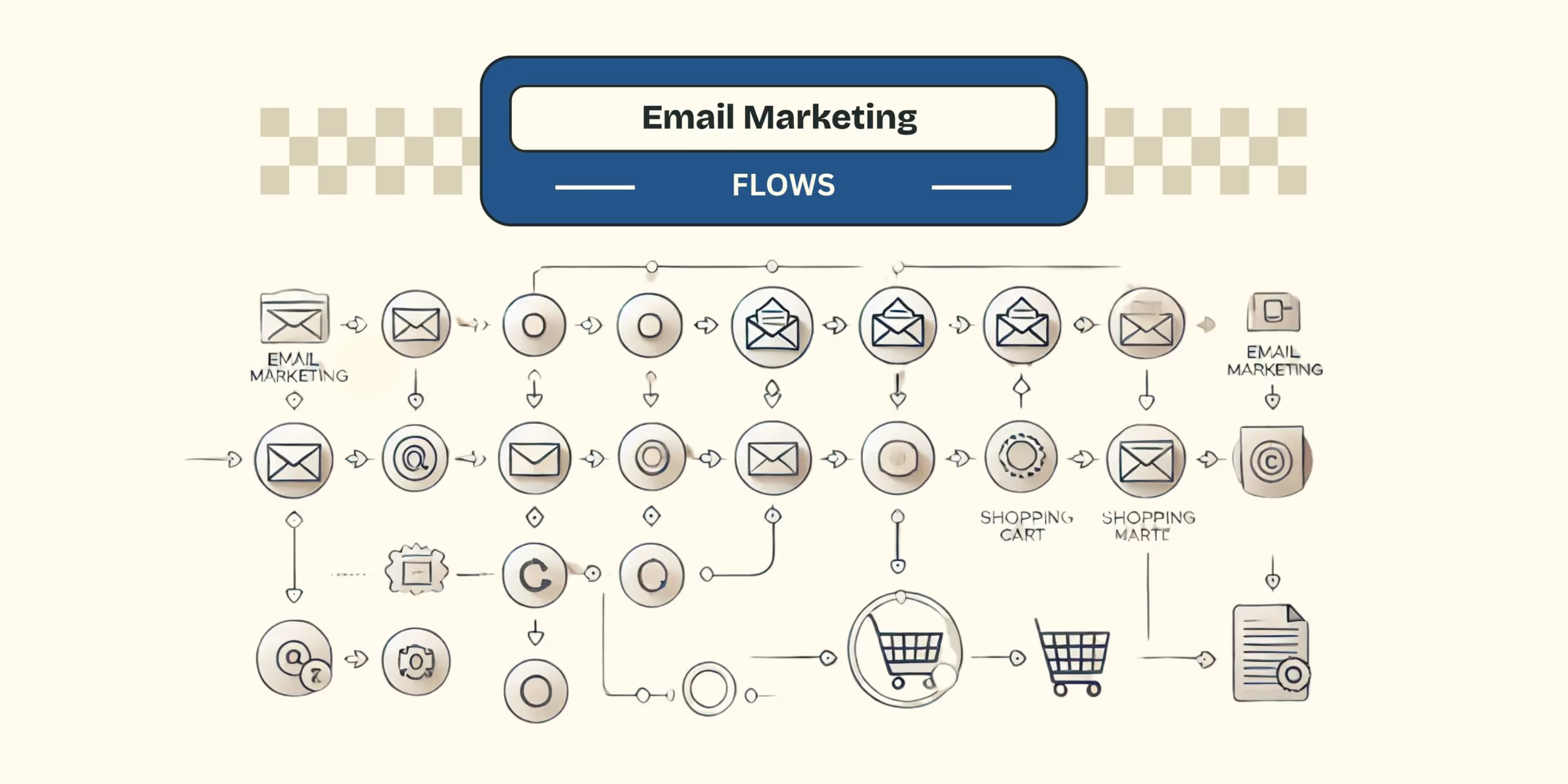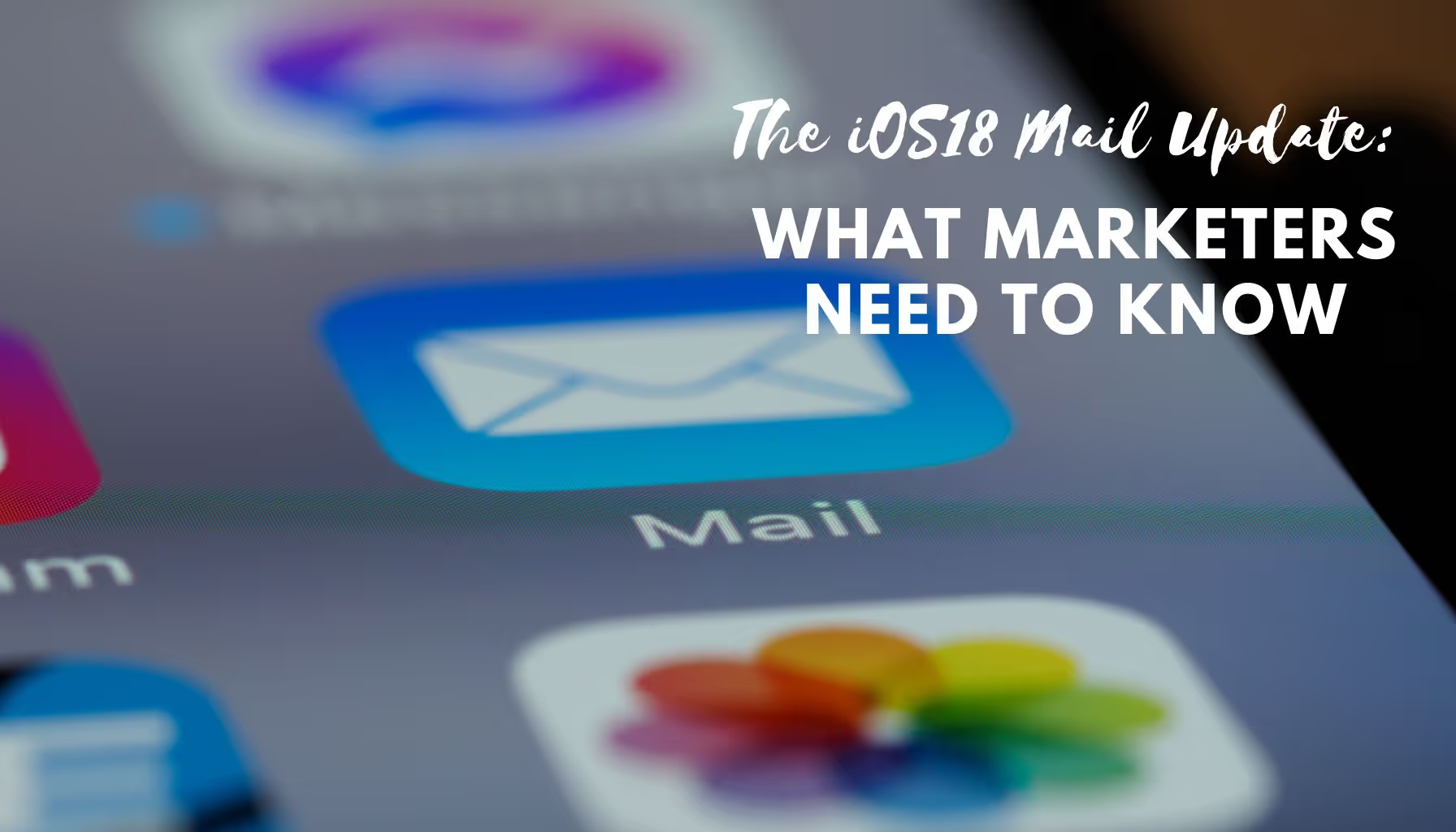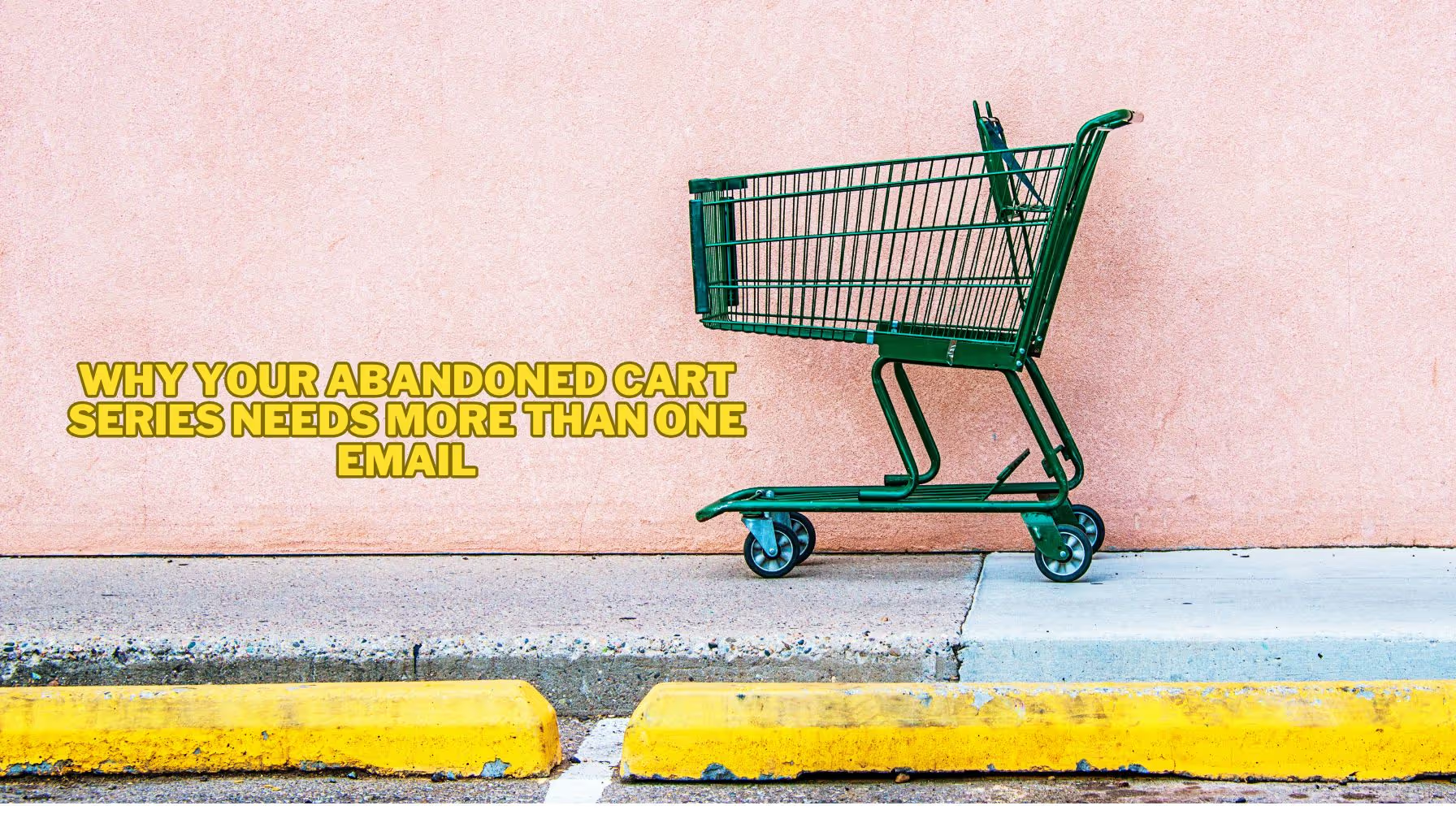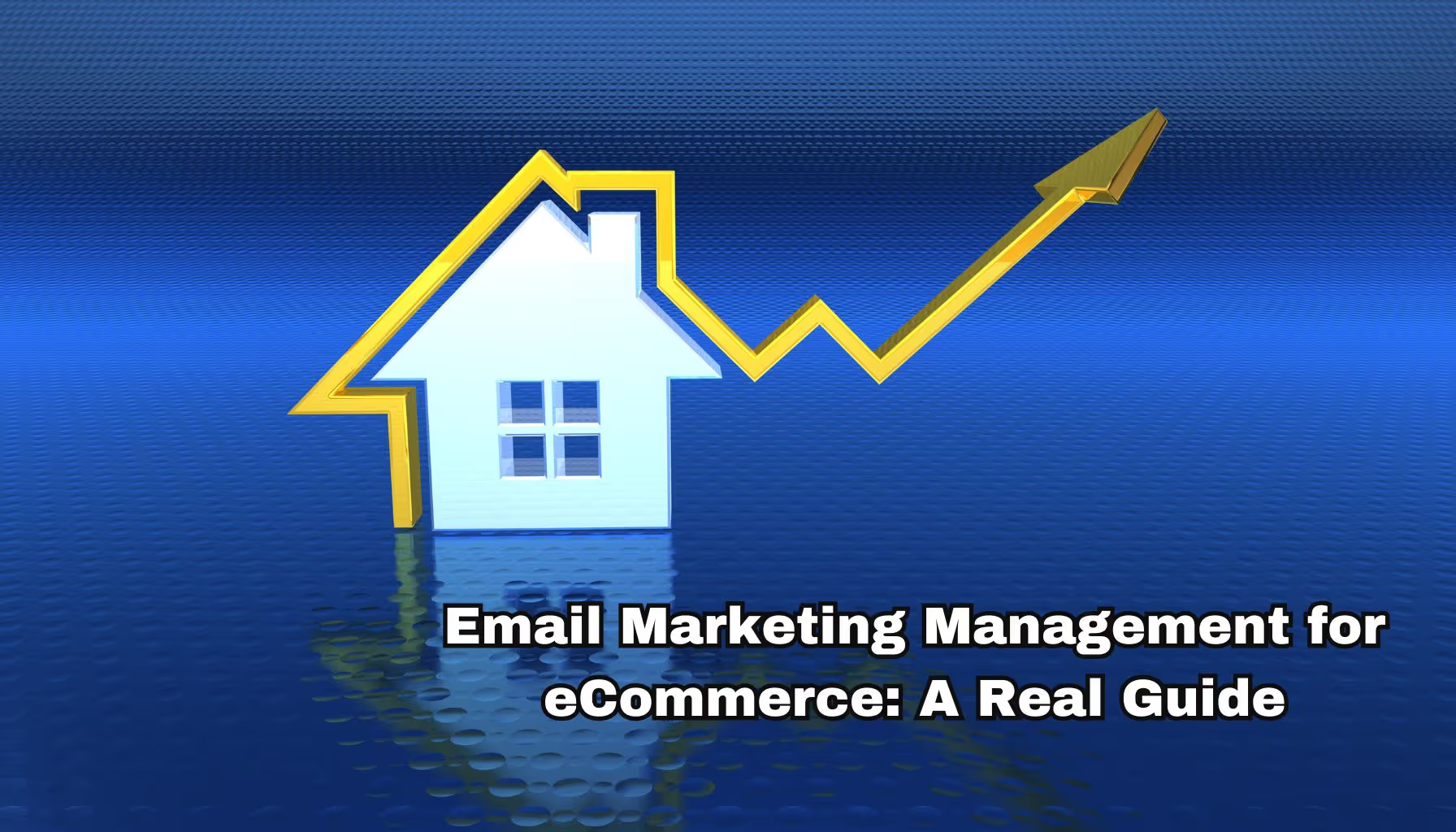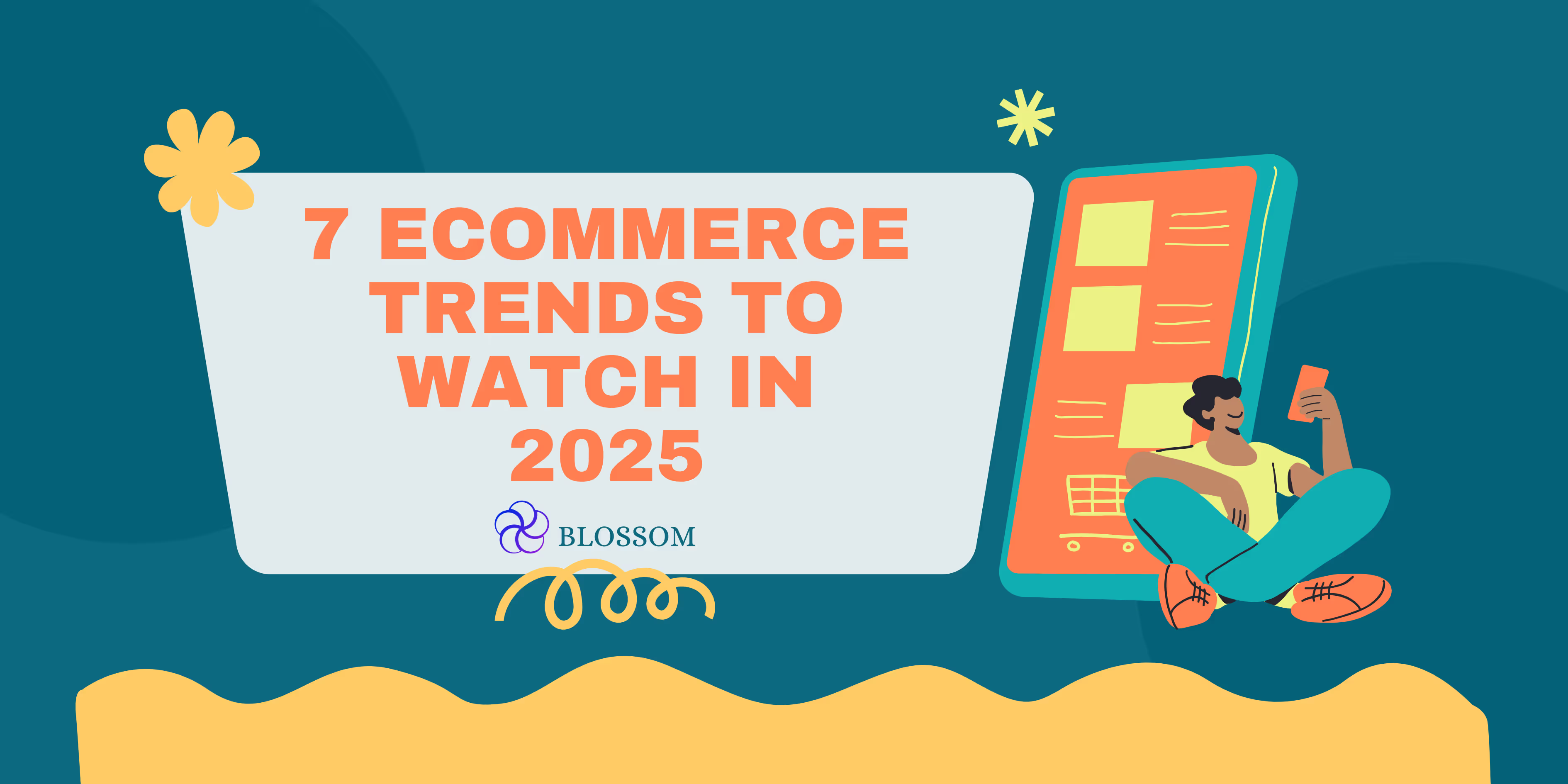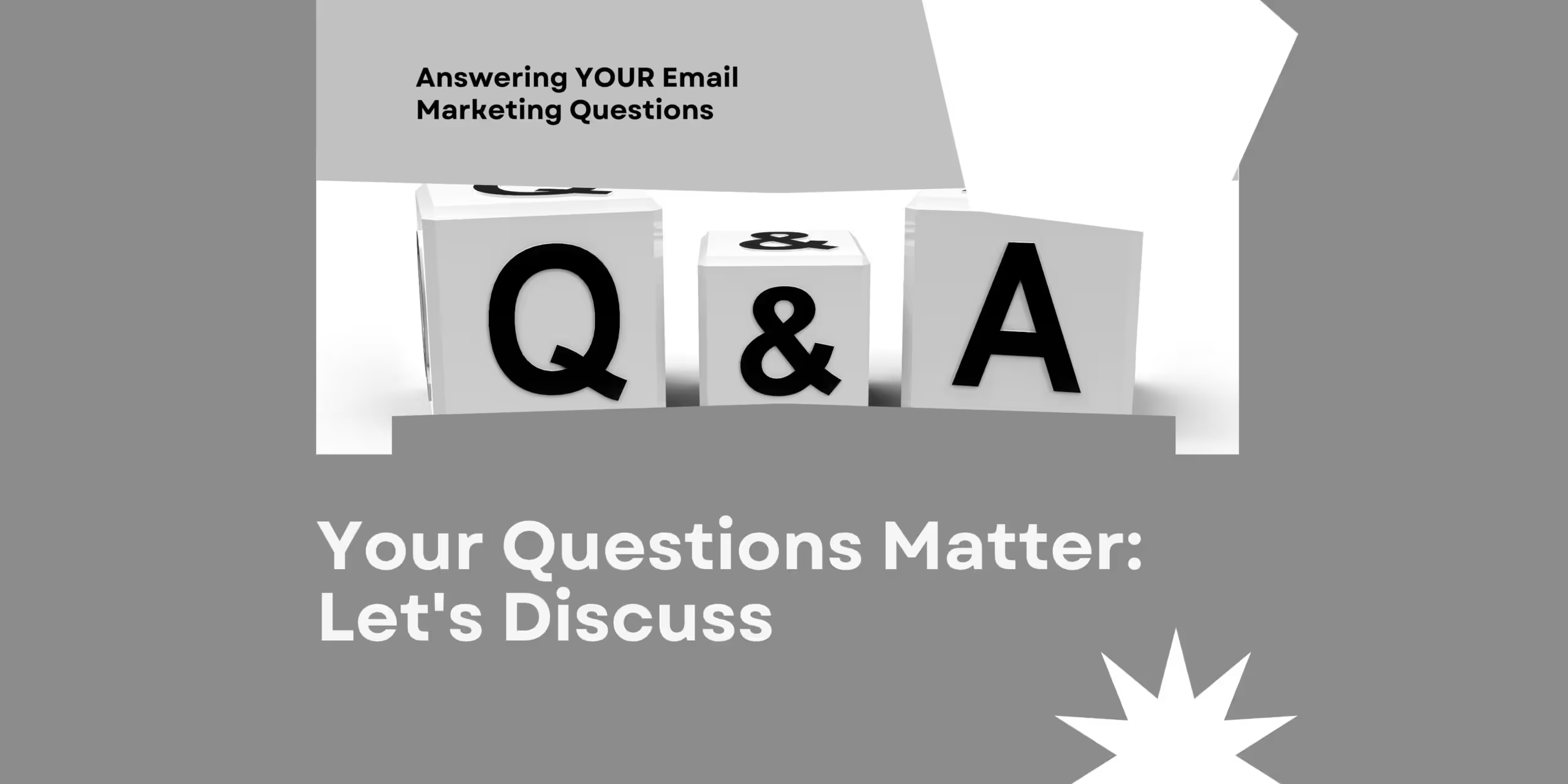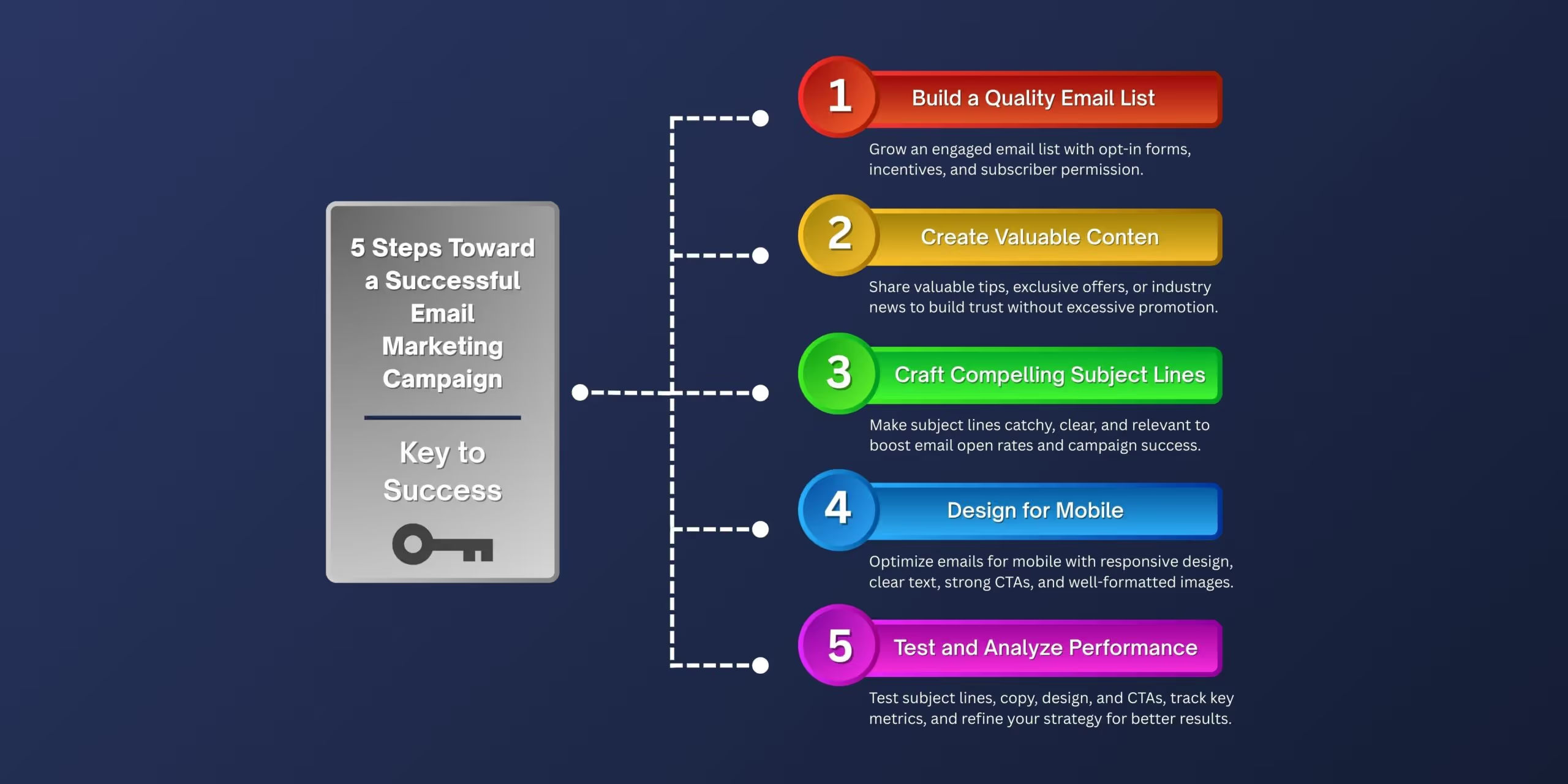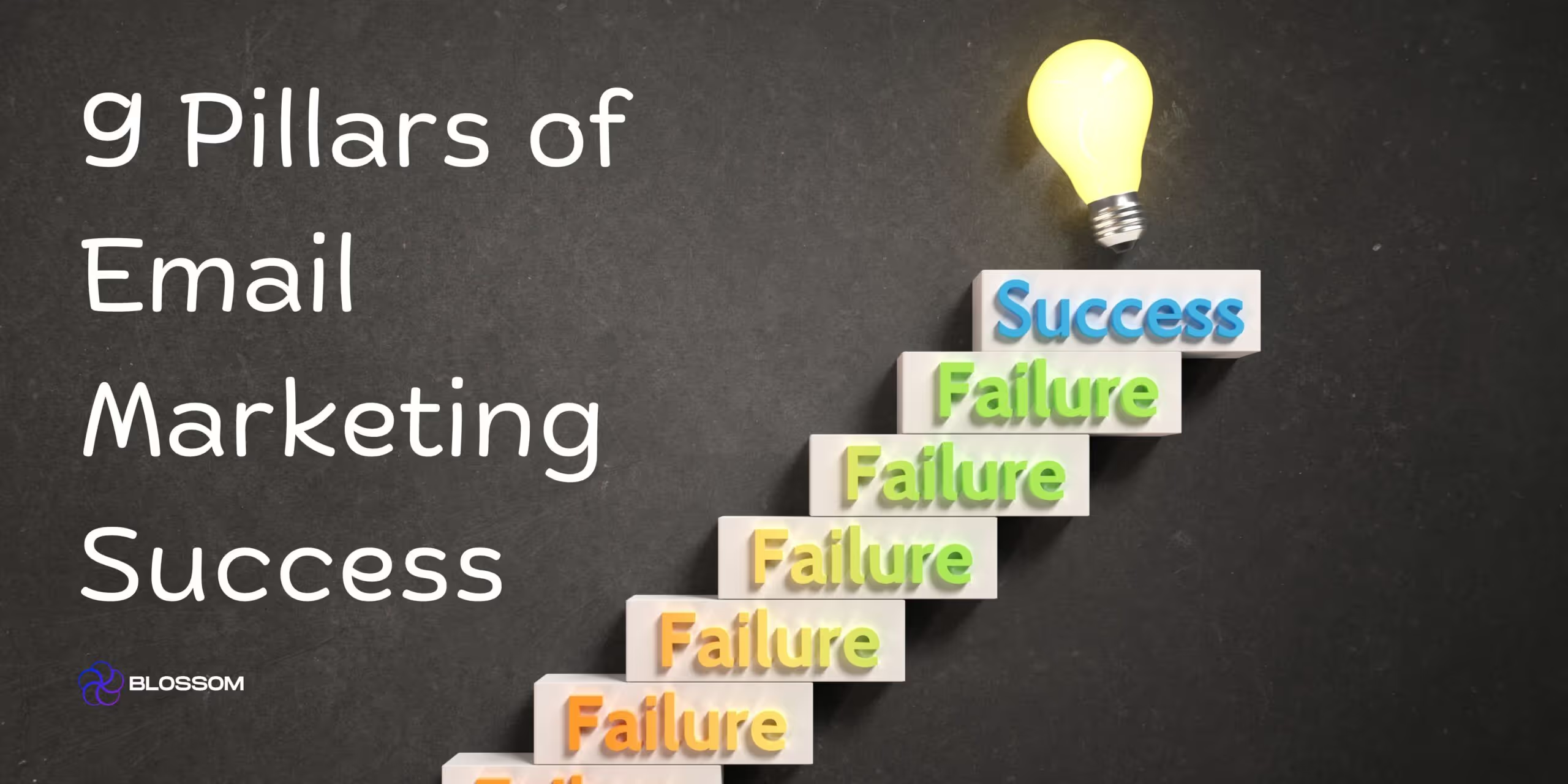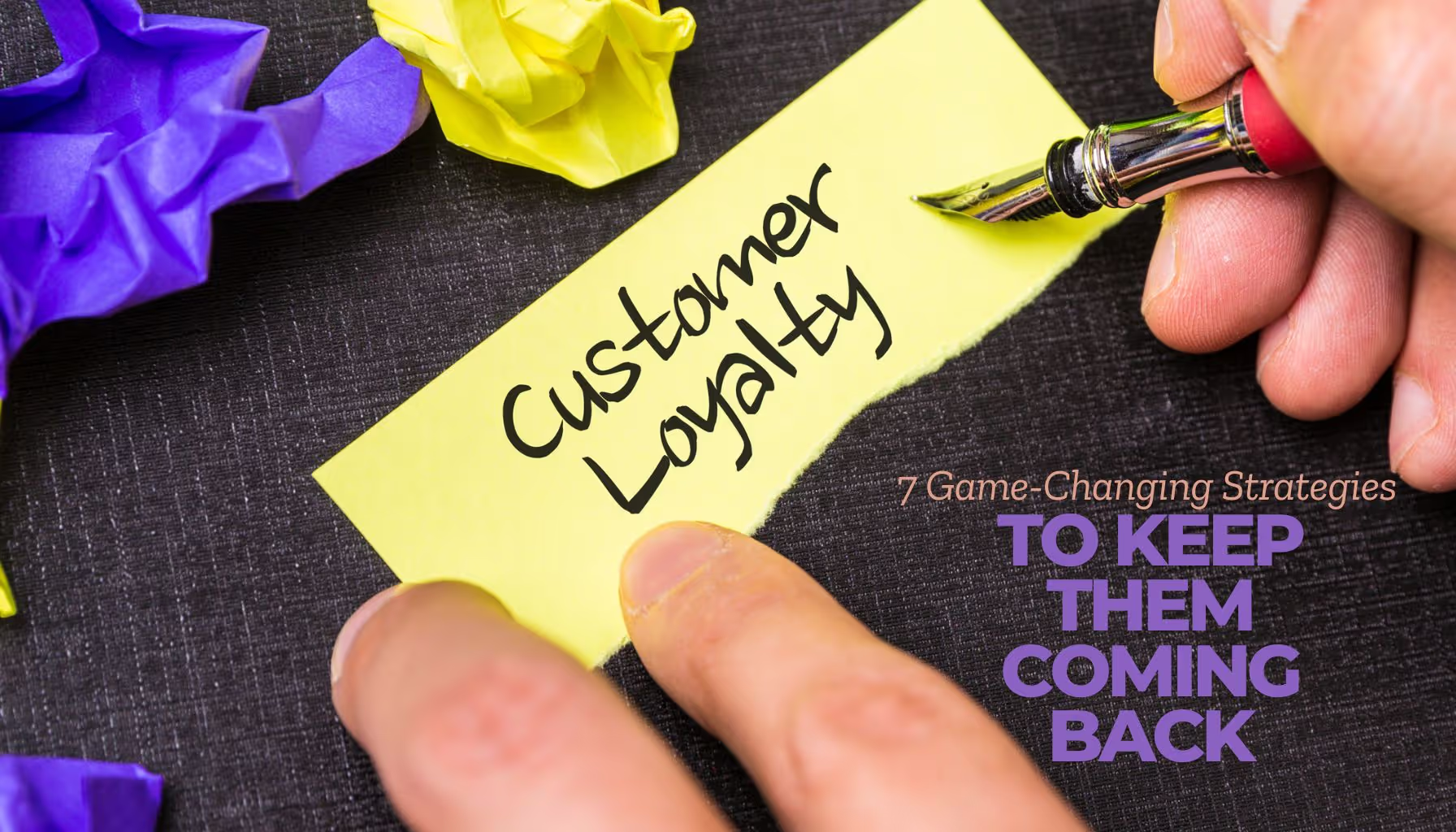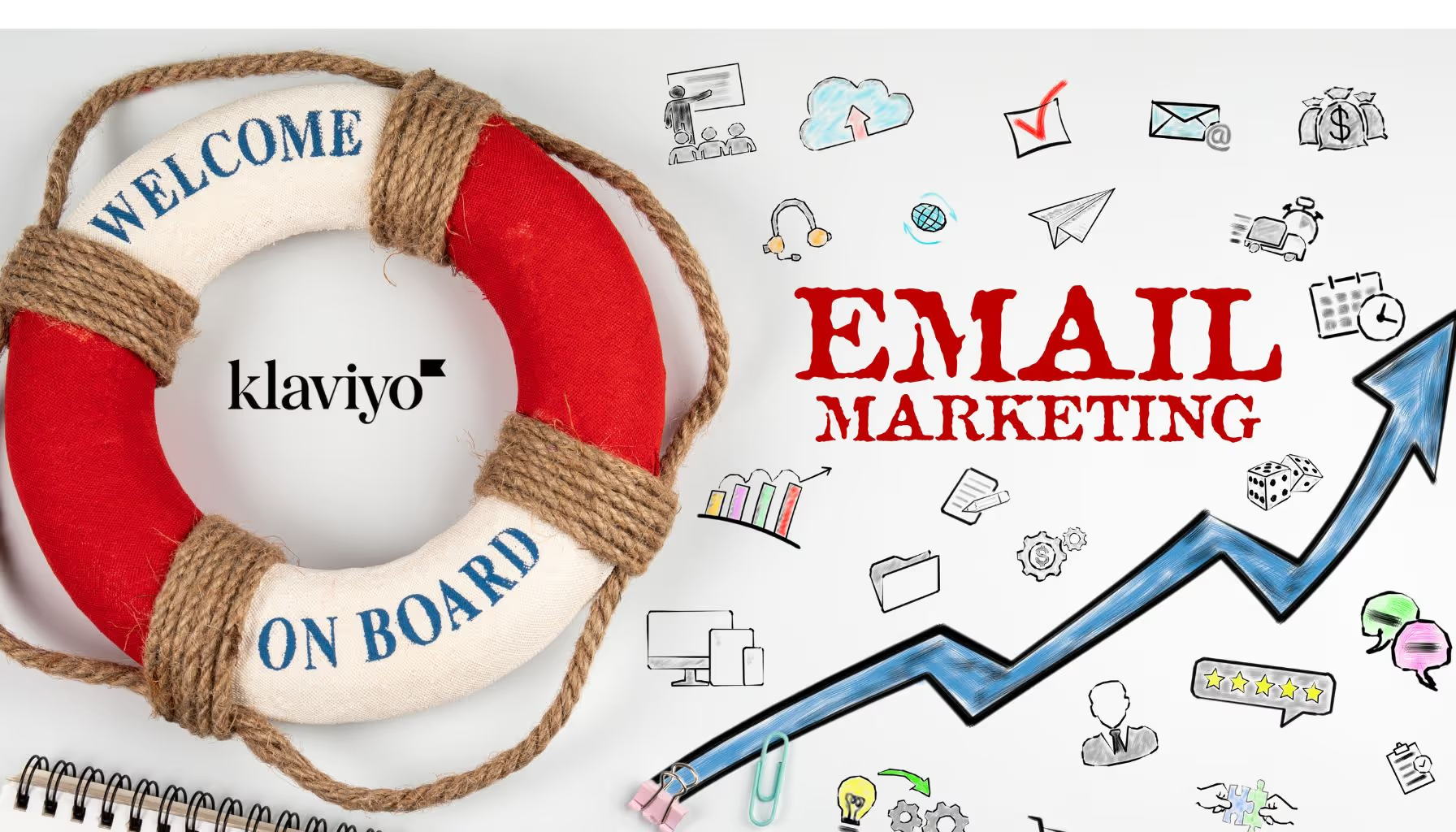Glossary
| Term | Definition |
|---|---|
| CRM (Customer Relationship Management) | A tool used to manage and analyze customer interactions and data. |
| Self-Service Tools | Features that allow customers to resolve issues independently. |
| Response Time | The average time it takes for a support team to respond to customer queries. |
| Knowledge Base | A centralized hub with FAQs and troubleshooting articles for customer support. |
| Customer Satisfaction (CSAT) | A key metric that measures how satisfied customers are with a service or product. |
| Escalation | The process of transferring a customer issue to a higher-level support tier. |
| Omnichannel Support | Customer service that is consistent across email, live chat, social media, etc. |
| Support Automation | Tools like chatbots or automated emails used to streamline customer support. |
Introduction
Customer service is often the deciding factor in whether a customer becomes loyal or leaves after one bad experience. In eCommerce, where interactions are digital, your support strategy becomes your storefront. It must be seamless, empathetic, and scalable.

This guide dives deep into the 8 most common customer service mistakes eCommerce brands make, offers fixes backed by data, and delivers frameworks to future-proof your customer experience (CX).
Why eCommerce Customer Service Matters
| Benefit | Impact |
|---|---|
| Builds Loyalty | Customers return to brands that resolve issues quickly and respectfully. |
| Increases CLV | Retained customers spend more over time than new ones. |
| Reduces Returns | Helpful reps and clear communication prevent unnecessary returns. |
| Drives Word-of-Mouth | Great service leads to referrals and positive reviews. |
Stat to Know:
- 96% of customers say customer service is critical to brand loyalty.
- 80% of shoppers will switch brands after just one poor support experience.
The 8 Most Common eCommerce Customer Service Mistakes (and How to Fix Them)
1. Failing to Train Support Staff Properly
| Mistake | Fix Strategy |
|---|---|
| Staff lacks knowledge | Build an onboarding SOP and update it quarterly |
| Inconsistent service quality | Use roleplays, scorecards, and shadow sessions |
Pro Tip: Include tone, brand language, refund protocol, and escalation criteria in your training materials.
2. Inconsistent or Confusing Website Content
Contradictory policy language confuses customers and overloads your support queue.
| Action Plan | Description |
|---|---|
| Audit all support content monthly | FAQs, return policy, and order flow content |
| Align policy wording across pages | Ensure your terms match across help desk, footer, and emails |
Example: Align “30 days from purchase” vs. “30 days from delivery” across all pages.
3. Taking Too Long to Respond to Requests
| Channel | Expected Response Time |
|---|---|
| Under 24 hours | |
| Live Chat | Under 2-3 minutes |
| Social Media | Within 1 hour (business hours) |
Fix It:
- Add autoresponders that manage expectations.
- Use a chatbot to resolve common issues.
- Create shift schedules to manage ticket surges.
Tools: Gorgias, Zendesk, Tidio
4. Passing Customers Between Multiple Reps
| Problem | Customer Impact |
|---|---|
| Multiple handoffs | Frustration, repetition, lost loyalty |
| No internal notes | Customers have to re-explain everything |
Fix It:
- Use CRM tools to document context.
- Train support tiers to own full issues.
Best Practice: Implement internal ticket notes and pre-transfer summaries.
5. Not Providing Self-Service Tools
67% of customers prefer self-service options. If you don’t offer them, you’re creating unnecessary friction.
Core Tools to Offer:
| Tool | Function |
|---|---|
| Order tracking | Customers view order status without contact |
| FAQ page | Answers to basic questions |
| Knowledge base | Step-by-step guides, return instructions |
| Account dashboard | Purchase history, billing, loyalty points |
Platform Suggestions: Shopify Help Center, Zendesk Guide, HelpDocs
6. Overly-Strict Return and Refund Policies
| Mistake | Risk |
|---|---|
| Rigid return deadlines | Bad reviews, lost customer trust |
| Complex refund process | Drop-off during support resolution |
Fix It:
- Add grace periods for high-value customers.
- Allow CSRs to override policy within guidelines.
Policy Optimization Tip: Add tier-based flexibility for loyalty members.
7. Failing to Track Interactions with a CRM
Without a CRM, customer data becomes fragmented across chats, emails, and platforms.
Why You Need It:
- Faster issue resolution
- Personalized service
- Better internal communication
| Recommended CRMs | Features |
|---|---|
| Gorgias | Shopify integration, multi-channel support |
| Zendesk | Help desk automation, macros, analytics |
| HubSpot | Email tracking, segmentation, pipeline tracking |
8. Not Sending Follow-Ups After Support Requests
Follow-ups show commitment and provide insight into how your team is doing.
What to Include:
- Confirmation the issue was closed
- Link to a short feedback survey
- Thank-you note with discount code or points (if applicable)
Survey Questions:
| Question | Response Type |
|---|---|
| Was your issue resolved? | Yes/No |
| How would you rate your experience? | 1–5 stars |
| What can we improve? | Open-ended |
Best Practices for Scalable Support
| Best Practice | Outcome |
|---|---|
| Use macros for FAQs | Faster first response times |
| Tag support tickets by topic | Surface product feedback trends |
| Schedule monthly QA sessions | Maintain tone and training consistency |
| Automate satisfaction surveys | Consistent, scalable feedback gathering |
| Prioritize omnichannel support | Meet customers on their preferred platforms |
Frequently Asked Questions
1. How fast should my support team respond to customer inquiries?
Aim for under 24 hours for email and under 3 minutes for live chat. Autoresponders help bridge gaps.
2. What tools should I use for customer service automation?
Tools like Gorgias, Zendesk, and Tidio offer macros, AI responses, and ticket routing.
3. How do I reduce the number of tickets my support team receives?
Implement self-service tools, improve FAQs, and reduce friction in product pages and checkouts.
4. What’s the best way to handle angry customers?
Empathy first. De-escalate, acknowledge the issue, and offer a clear resolution path.
5. Should I offer customer support on social media?
Yes, but with boundaries. Set business hours and route issues to your help desk when needed.
6. How do I measure if my support strategy is working?
Track CSAT scores, resolution time, ticket volume trends, and repeat inquiries per customer.
Final Thoughts
Customer service is more than damage control—it’s a revenue retention and loyalty engine. Brands that nail it consistently outperform their competitors, build deeper customer relationships, and earn more word-of-mouth referrals.
By avoiding these 8 mistakes, building an efficient support system, and using the right tools, you position your eCommerce business for long-term success.
Need help refining your customer service operations? Blossom Ecom specializes in scalable retention and CX strategies that keep your customers coming back.
Let’s elevate your support game—together.
Need help implementing this?
Let us take the hassle of managing your email marketing channel off your hands. Book a strategy call with our team today and see how we can scale your revenue, customer retention, and lifetime value with tailored strategies. Click here to get started.
Curious about how your Klaviyo is performing?
We’ll audit your account for free. Discover hidden opportunities to boost your revenue, and find out what you’re doing right and what could be done better. Click here to claim your free Klaviyo audit.
Want to see how we’ve helped brands just like yours scale?
Check out our case studies and see the impact for yourself. Click here to explore.

Read Our Other Blogs

Email Marketing vs. Social Media: Which One Should Your Brand Focus On?



Attract More Customers: Which Videos to Use in Your Email Marketing and Why



Creating The Perfect E-Commerce Tech Stack




Not Sure Where to Start?
Let's find the biggest retention opportunities in your business. Get a free Klaviyo audit or retention consultation.






